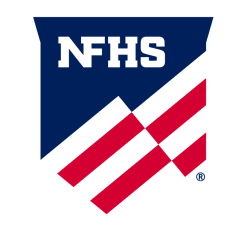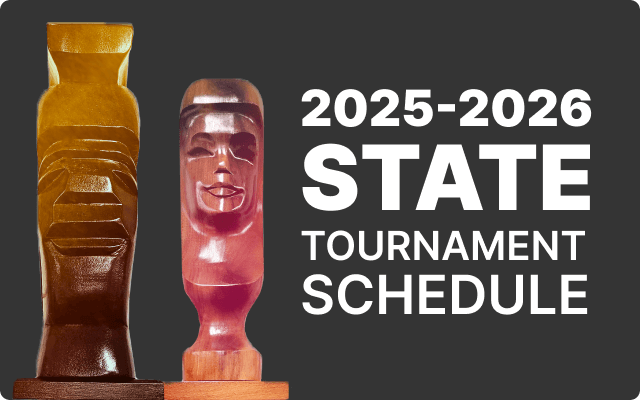
Freestyle Turn Position Clarified in High School Swimming and Diving
The committee also approved a change in the current practice of determining a final time when a touch pad malfunctions in a lane. Searcy said that research has shown that the current practice of calculating the average difference between the primary and backup timing systems, and adjusting the backup time in the malfunctioning lane(s), does not improve the accuracy of the times.
“Using the backup time without adjustment results in a final time that is just as accurate and avoids a mathematical exercise which is both time-consuming and difficult to perform during a meet,” Searcy said.
“The forward approach shall begin with not less than three steps and finish with a hurdle, defined as a jump off one foot to a landing on both feet at the end of the board,” Searcy said. “The diver should not be permitted to perform an additional bounce just prior to the takeoff.”
In Rule 9-5-5, the committee added clarity and consistency to the balk call, requiring a diver to actually commence, then stop the dive.
In the official listing of approved dives, the committee eliminated the Flying Back 1 SS (212) and the Flying Reverse SS (312), and added a new dive – the Forward 2 SS 1 Twist – with degrees of difficulty of 2.6 (tuck) and 2.7 (pike).
Swimming and diving ranks No. 8 in popularity among girls with 166,838 participants and No. 10 among boys with 137,087 participants, according to the 2014-15 NFHS Athletics Participation Survey.
# # #
About the National Federation of State High School Associations (NFHS)
The NFHS, based in Indianapolis, Indiana, is the national leadership organization for high school sports and performing arts activities. Since 1920, the NFHS has led the development of education-based interscholastic sports and performing arts activities that help students succeed in their lives. The NFHS sets direction for the future by building awareness and support, improving the participation experience, establishing consistent standards and rules for competition, and helping those who oversee high school sports and activities. The NFHS writes playing rules for 17 sports for boys and girls at the high school level. Through its 50 member state associations and the District of Columbia, the NFHS reaches more than 19,800 high schools and 12 million participants in high school activity programs, including more than 8 million in high school sports. As the recognized national authority on interscholastic activity programs, the NFHS conducts national meetings; sanctions interstate events; offers online publications and services for high school coaches and officials; sponsors professional organizations for high school coaches, officials, speech and debate coaches, and music adjudicators; serves as the national source for interscholastic coach training; and serves as a national information resource of interscholastic athletics and activities. For more information, visit the NFHS website at www.nfhs.org.









